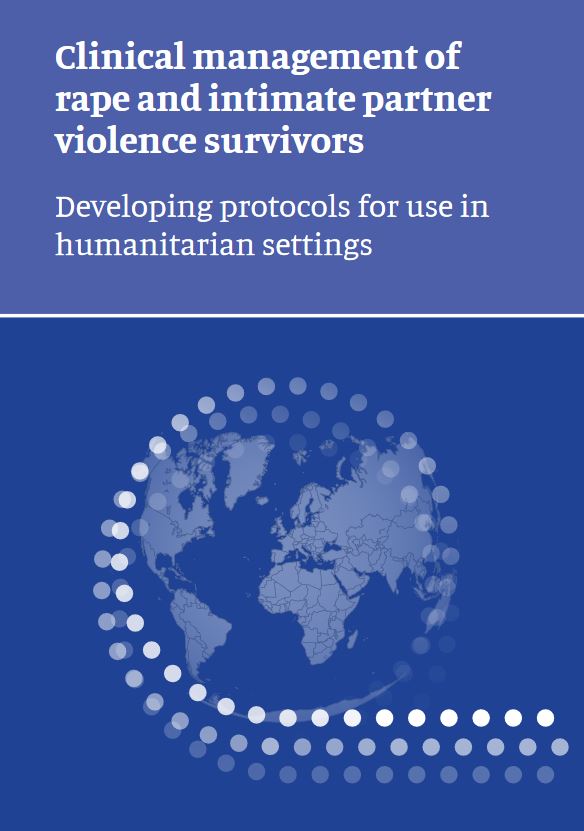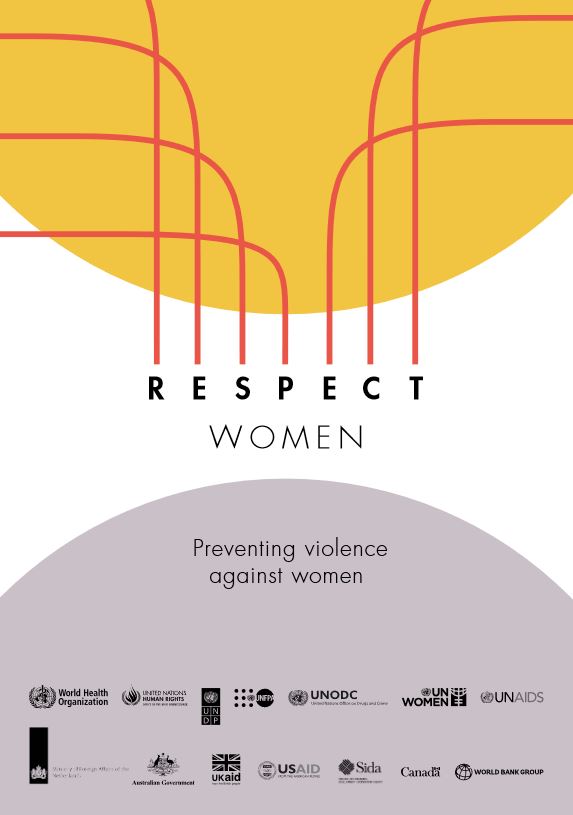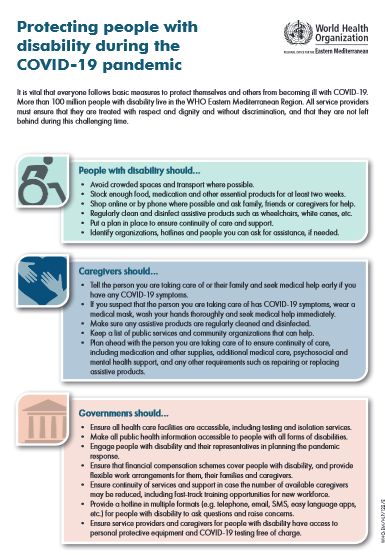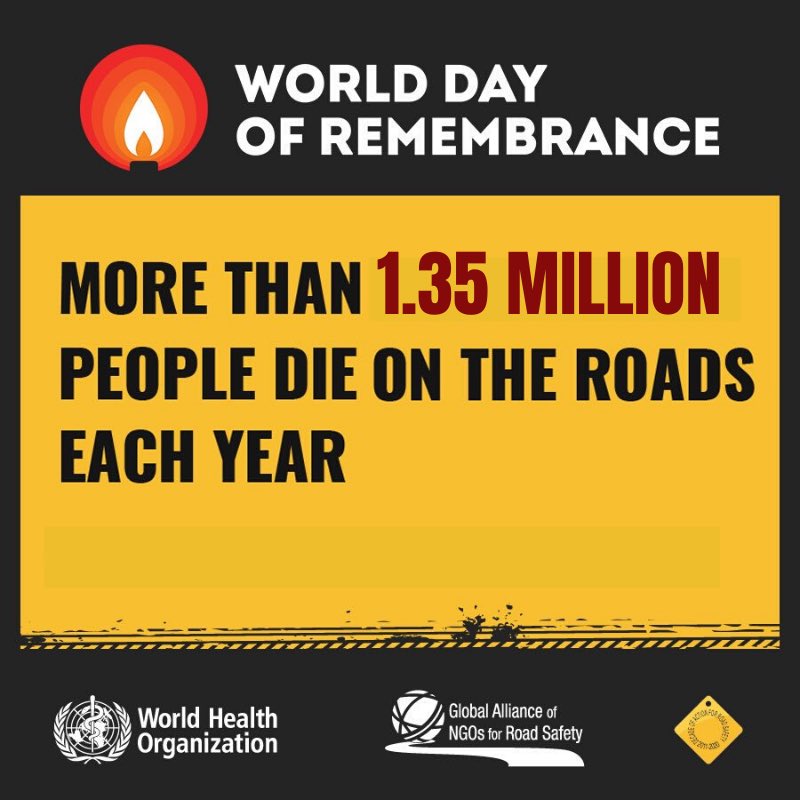
15 November 2020 – Every year in the month of November, countries across the world commemorate the World Day of Remembrance for Road Traffic Victims. Fifteen years ago, in 2005, the Day was officially endorsed by Member States of the United Nations as an annual and “appropriate acknowledgement for victims of road traffic crashes and their families” across the world. In 2020, World Remembrance Day calls on the world to; Remember those who lost their lives to the roads; Support those who are in grief and those who endure long-lasting consequences of the trauma they experience and Act to prevent these crashes and respond to their detrimental impact.
This year, the Day comes at a monumental time with the adoption of the Second Decade of Action for Road Safety 2021–2030 by United Nations General Assembly resolution A/74/L.86 ‘Improving global road safety’. The resolution endorses a global target of reducing road traffic deaths and injuries by at least 50% by 2030, requests WHO and the United Nations regional commissions, in cooperation with the UN Road Safety Collaboration to develop a plan of action for the Second Decade and calls for the commemoration of the World Remembrance Day every year.
It also comes at very unusual time, when the COVID-19 pandemic is affecting the whole world. Since the early months of 2020, we have been witnessing country measures to suppress the virus and control its spread. Lockdowns, shift in modalities of work and suspension of all activities led to reduced motorized road transport, fewer green-house gas emissions, less noise and air pollution, as well as greater opportunities for active transport including walking and cycling. As governments focus their attention on addressing the COVID-19 pandemic, other priorities, including road safety, have been scaled back. However, people continue to move using motorized and non-motorized modes of transport, crashes still kill people on the roads and lives still need to be saved.
The WHO Eastern Mediterranean Region has the third highest estimated road traffic death rate across the world. Road traffic injury is a problem for all countries of the Region, regardless of their income level. Middle-income countries account for over 80% of regional road traffic deaths. On the other hand, high-income countries have an estimated overall death rate that is higher than its less affluent neighbours and that is about 3 times the global rate for countries of similar income. Road traffic injury is the eighth leading cause of death among all age groups and one of the 5 leading causes of death among adolescents and young adults aged 15–29 in the Region.
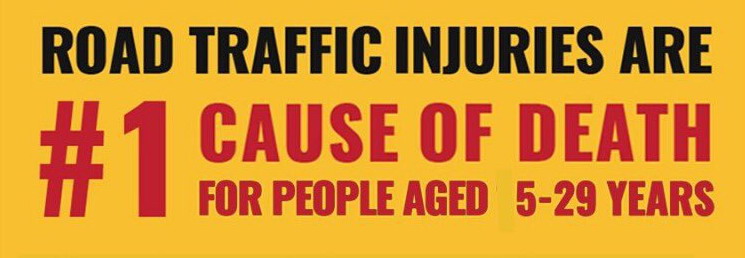
Currently, emergency care services globally and in our Region are overwhelmed by the COVID-19 pandemic causing slower response by ambulances. There are also delays in implementation of planned legislation and infrastructure, with less attention to behavioural change campaigns and advocacy in the short term until the pandemic comes under control. However, it is important to sustain collective efforts for road safety at all levels during the pandemic and as the world moves to a post-pandemic era. It is crucial to ensure that in building back better, road safety is re-prioritized drawing on the lessons learned during the first Road Safety Decade (2011-2020) and we move towards achieving a 50% reduction in fatalities by 2030.
Related links
World Day of Remembrance for Road Traffic Victims
Video on the World Day of Remembrance for Road Traffic Victims 2020
Global status report on road safety 2018
Policy brief: reducing injury, disability, death and economic losses through road safety in the Eastern Mediterranean Region | Arabic
Road safety in the Eastern Mediterranean Region: highlights from WHO’s Global status report on road safety 2018 (Information for the media)
Road safety infographics
Road traffic injuries: Facts from the Eastern Mediterranean Region





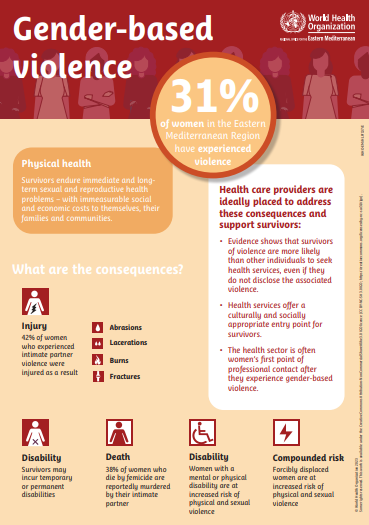
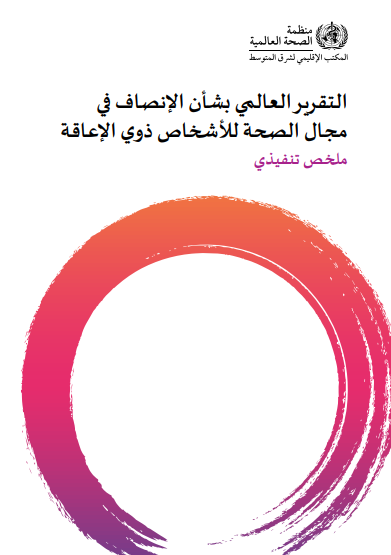
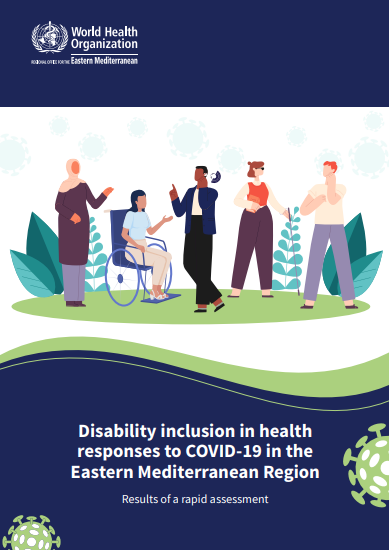
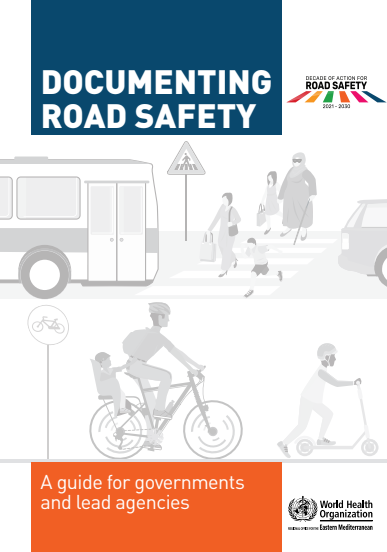 Documenting road safety: a guide for governments and lead agencies
Documenting road safety: a guide for governments and lead agencies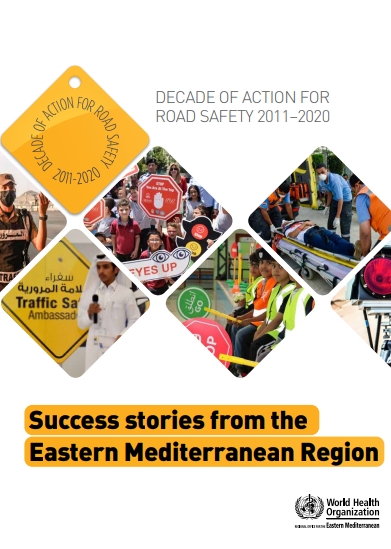
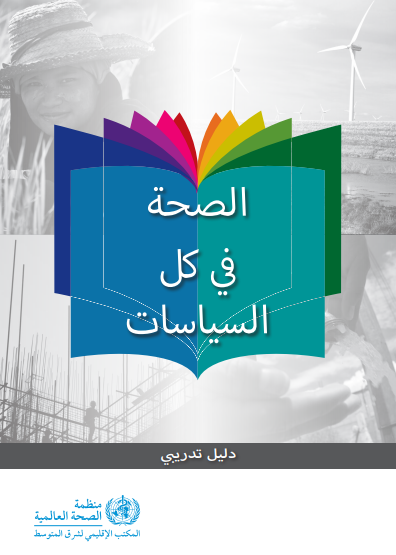

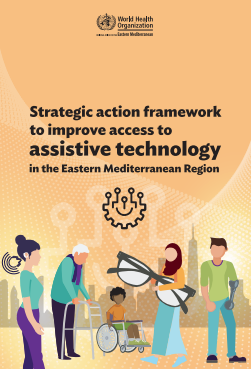 Strategic action framework to improve access to assistive technology in the Eastern Mediterranean Region
Strategic action framework to improve access to assistive technology in the Eastern Mediterranean Region